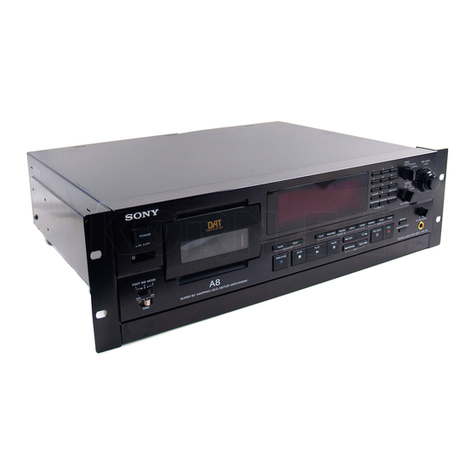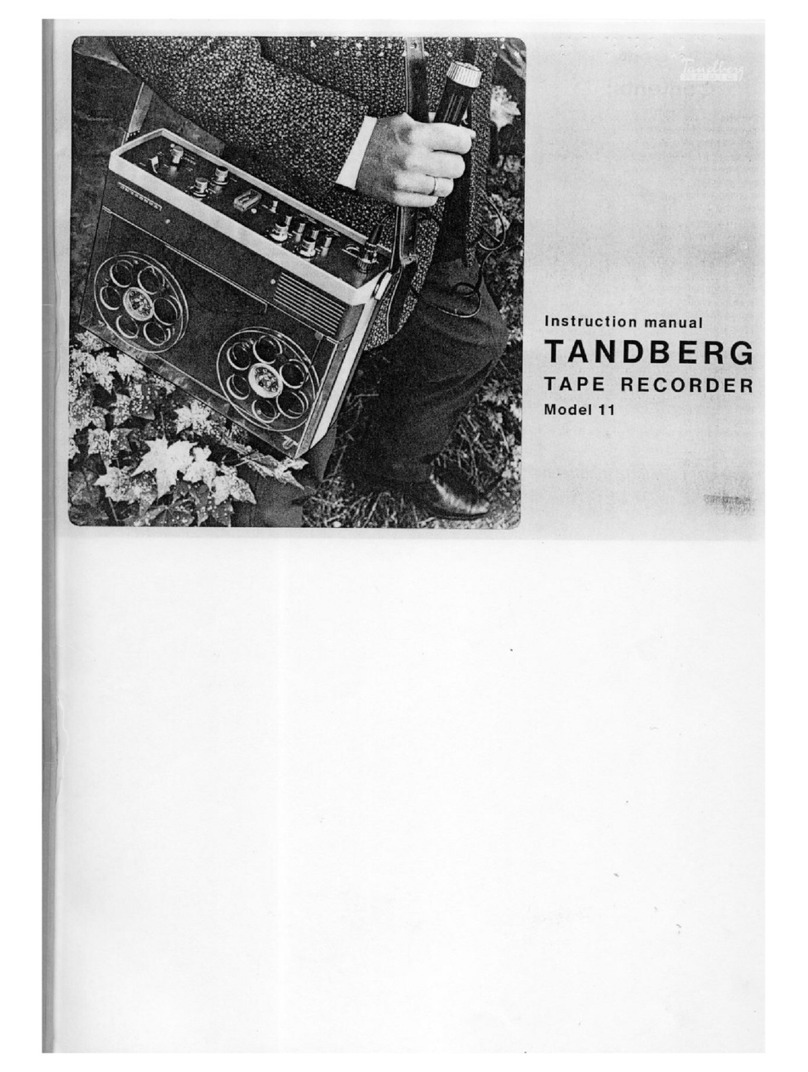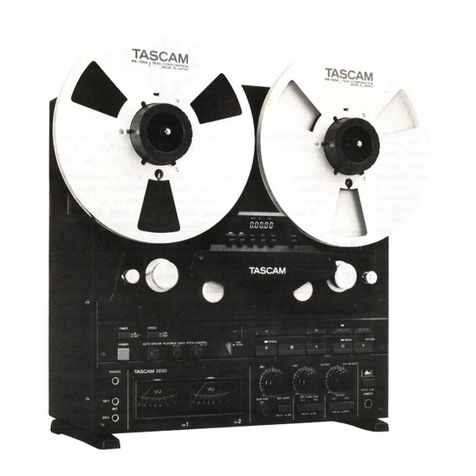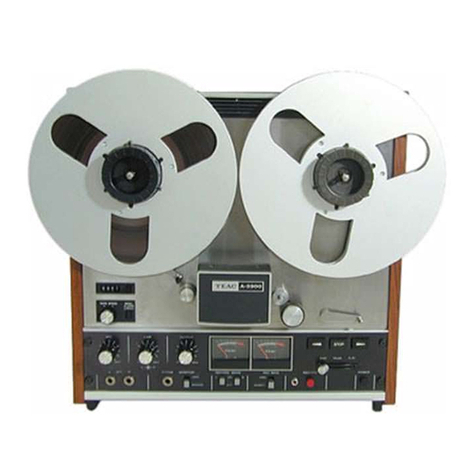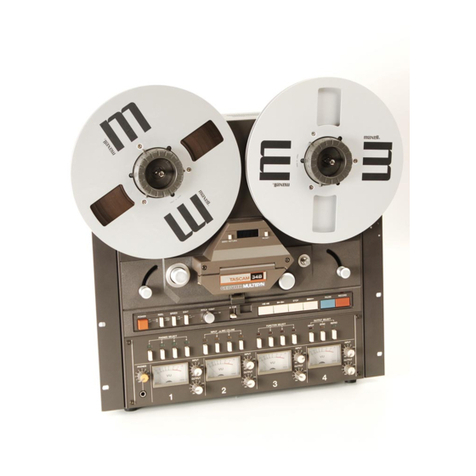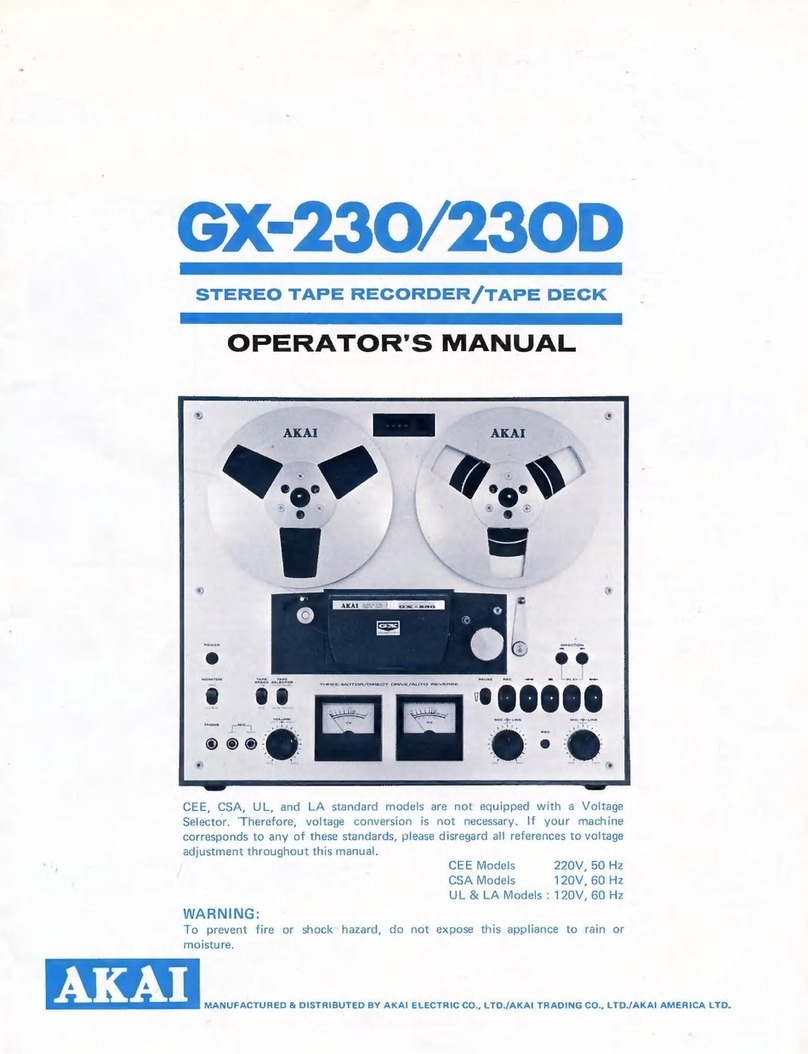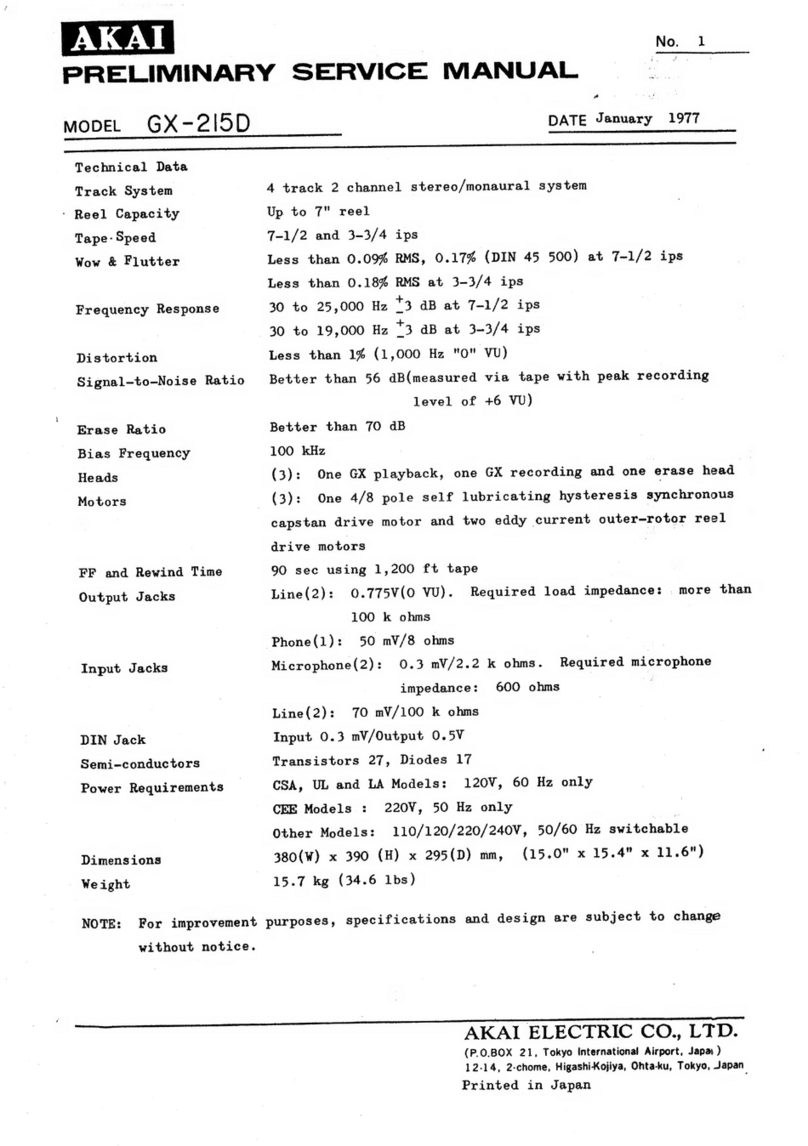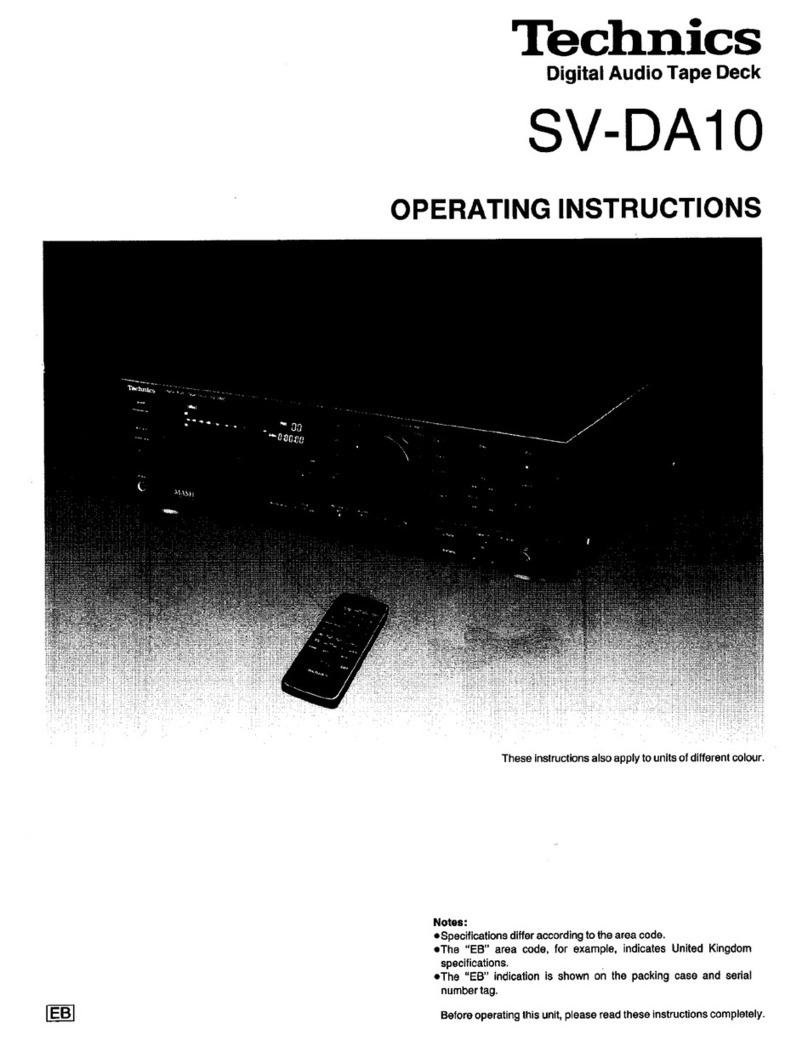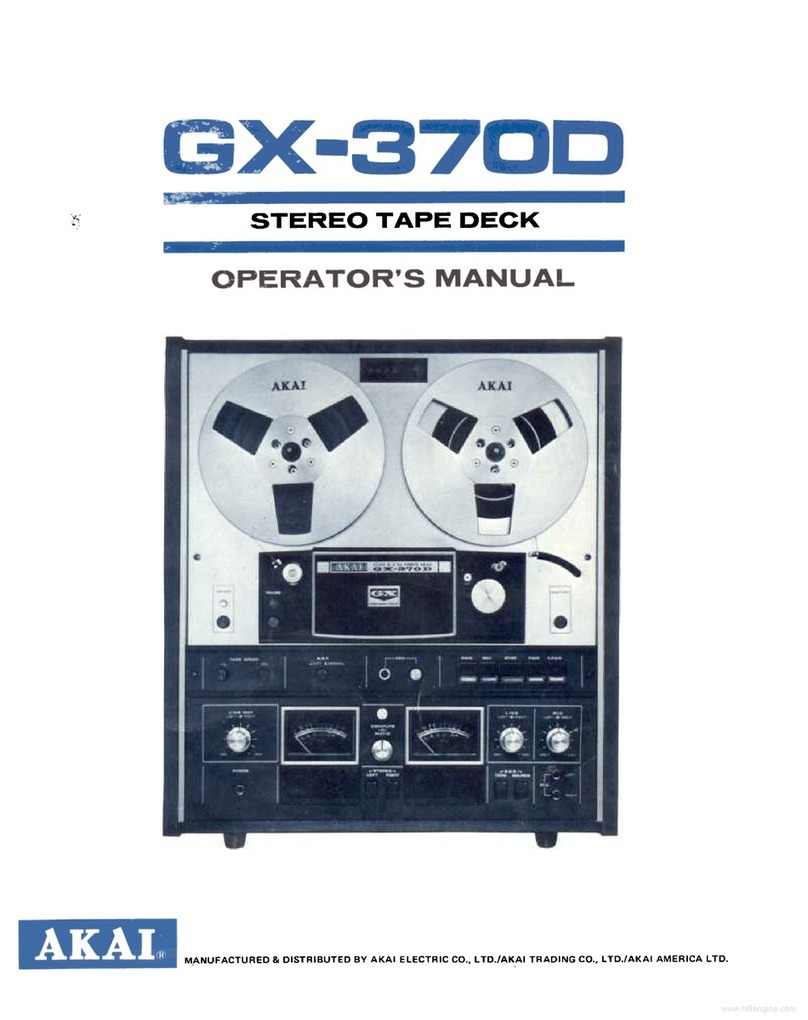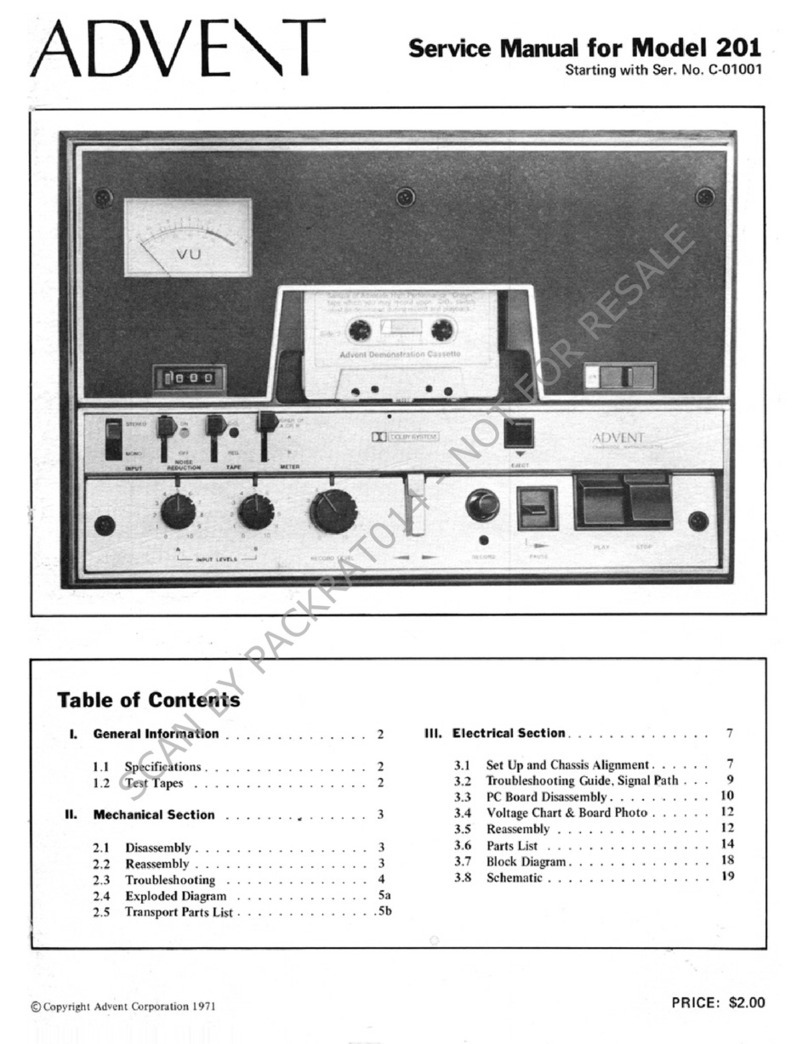Kenwood X-7WX User manual
Other Kenwood Tape Deck manuals

Kenwood
Kenwood KX-7030 User manual

Kenwood
Kenwood KX-9050 User manual
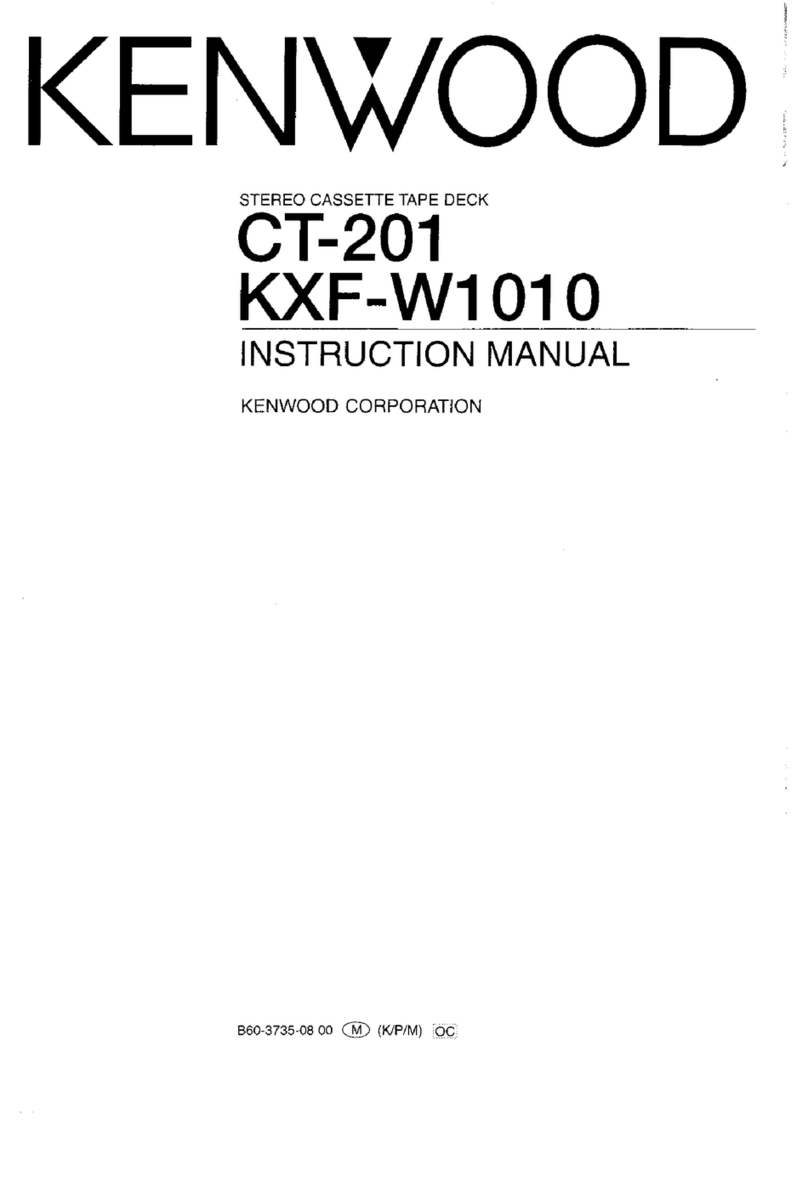
Kenwood
Kenwood CT-201 User manual
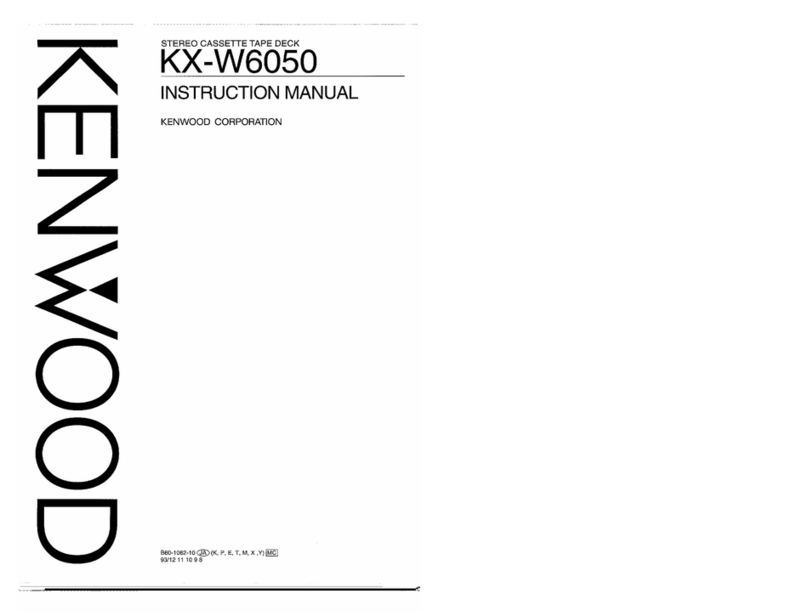
Kenwood
Kenwood KX-W6050 User manual

Kenwood
Kenwood KX-5060S User manual
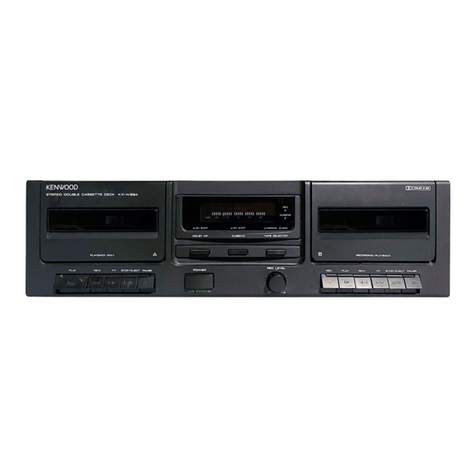
Kenwood
Kenwood KX-W1060 User manual
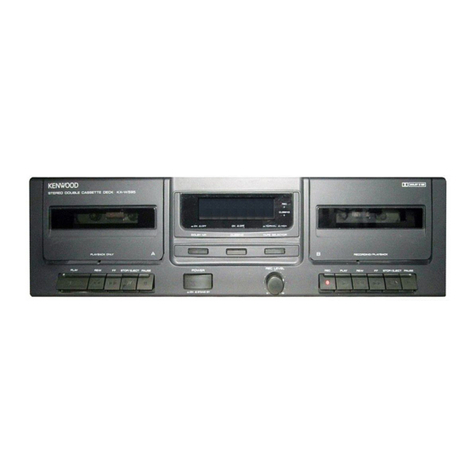
Kenwood
Kenwood KX-W595 User manual
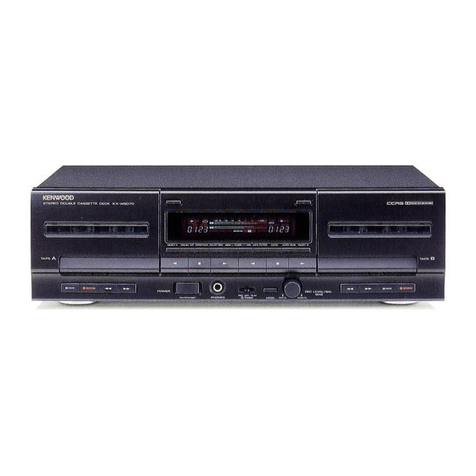
Kenwood
Kenwood KX-W6070 User manual

Kenwood
Kenwood KX-5060S User manual

Kenwood
Kenwood CT-405 User manual
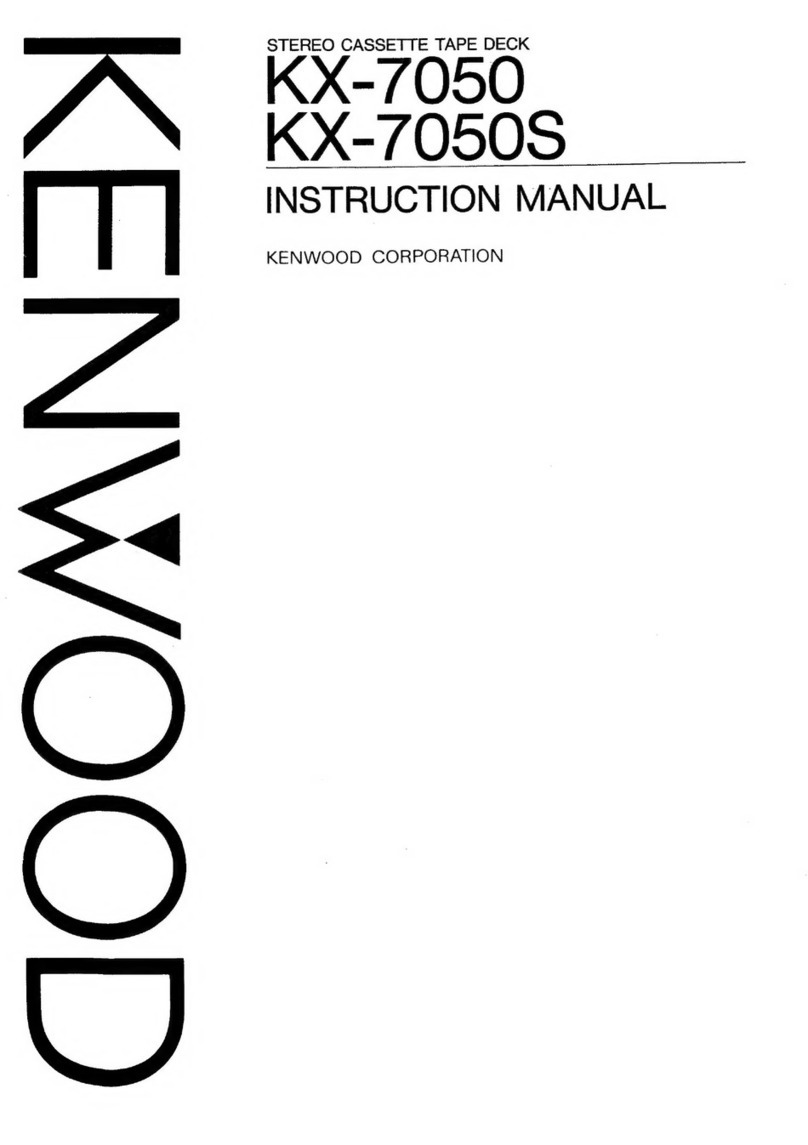
Kenwood
Kenwood KX-7050 User manual

Kenwood
Kenwood KX-W1060 User manual

Kenwood
Kenwood KX-97CW User manual
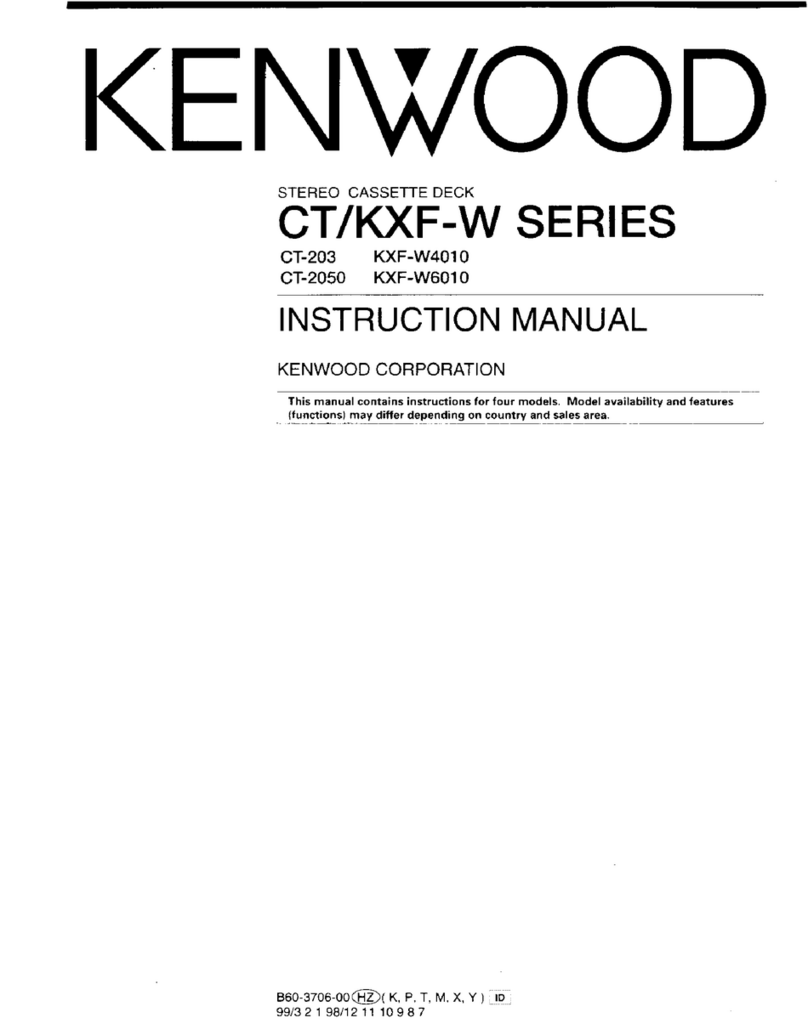
Kenwood
Kenwood CT-203 User manual

Kenwood
Kenwood KX-W6030 User manual

Kenwood
Kenwood KX-W6080 User manual

Kenwood
Kenwood KX-5550 User manual
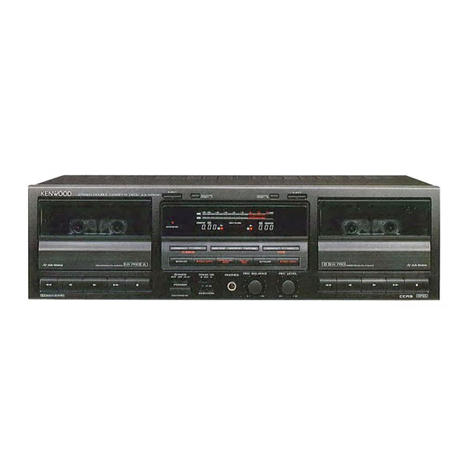
Kenwood
Kenwood KX-W8040 User manual
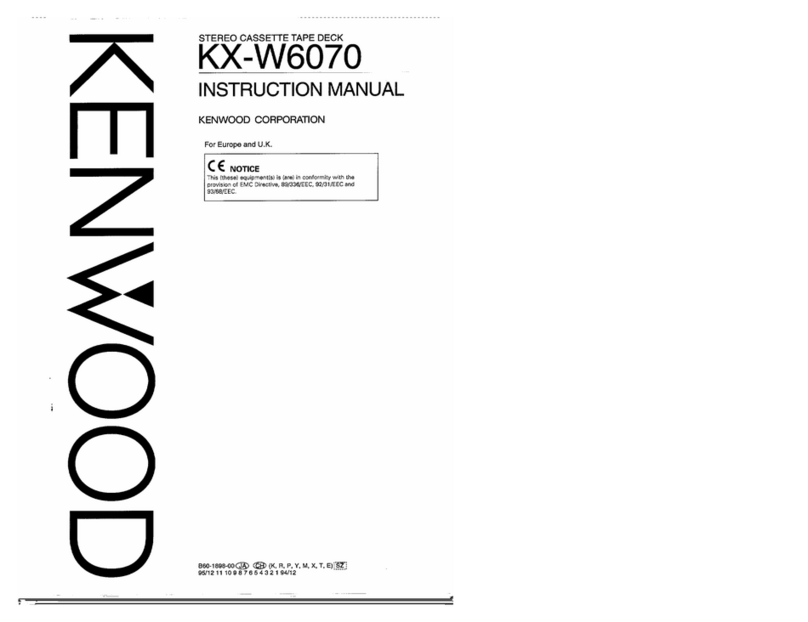
Kenwood
Kenwood KX-W6070 User manual
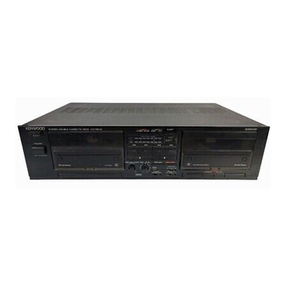
Kenwood
Kenwood KX-97CW User manual









